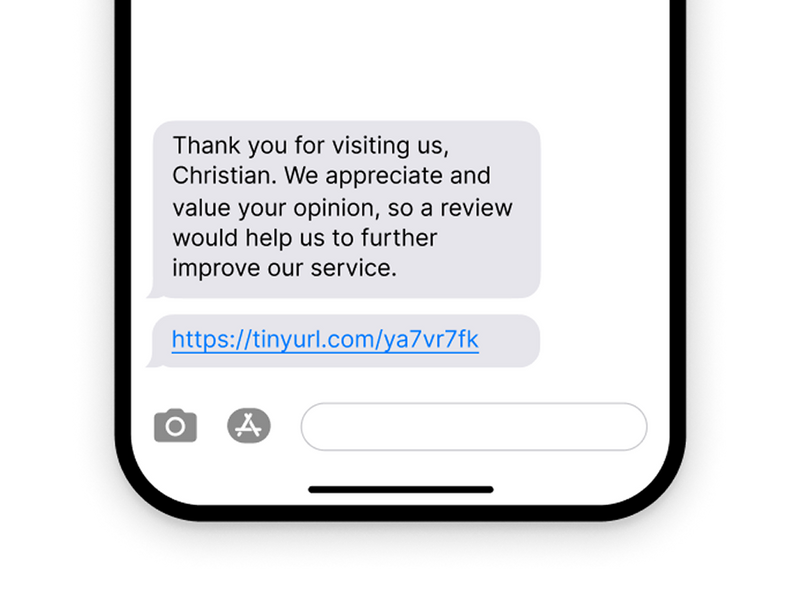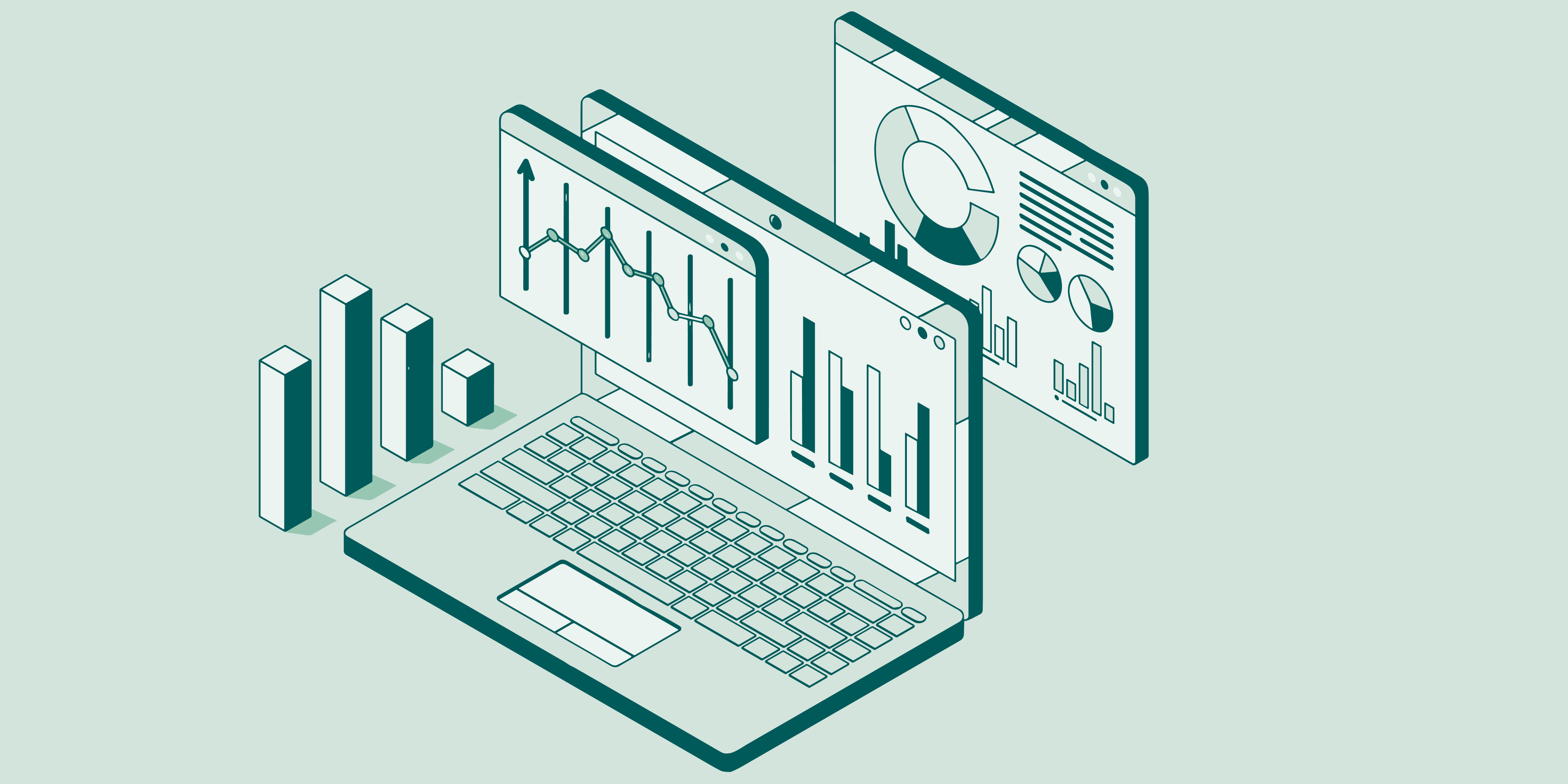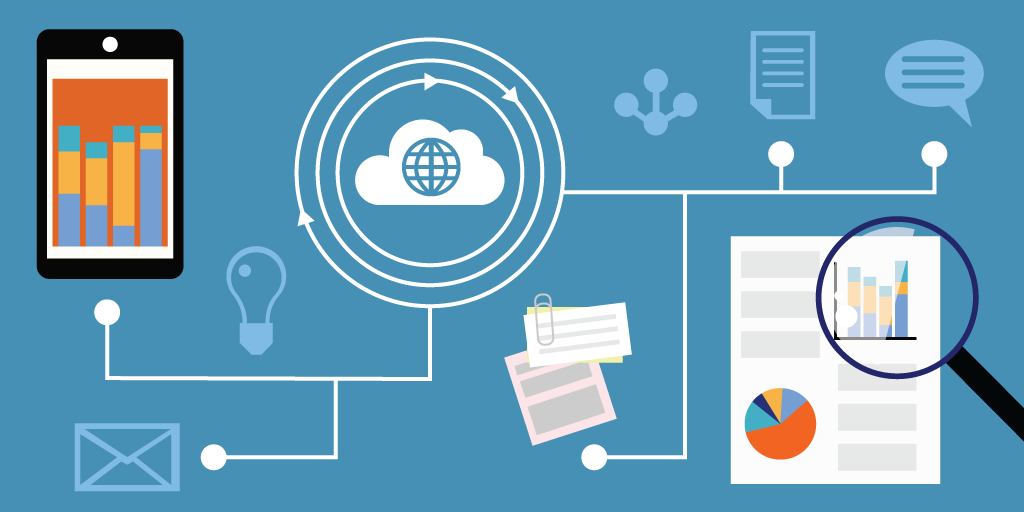People get frustrated when they’re left waiting without updates. They miss appointments, show up at the wrong time, or keep calling to ask what’s going on.
All of it adds pressure on your staff and creates a bad experience for visitors. The fix isn’t complicated.
A quick text message at the right moment can keep things moving and make people feel cared for.
This blog looks at how to improve customer communication using SMS text messaging. We’ll break down where it fits best, how to use it well, and why it works better than calls or emails for in-person service.
Why SMS Customer Communication Matters Today
Most people just want answers without the hassle. No waiting on hold. No checking emails that never show up. That’s why texting works so well. Around 64% of customers prefer SMS over other channels. It’s even more common among people aged 18 to 34. If you’re trying to improve customer communication, texting is the one channel that cuts across age groups, tech levels, and expectations.
Efficiency That Outperforms Email and Calls
Texts get read almost instantly. No logging in, no spam filters. Just a quick ping that shows up right where people are already looking — their phone screen. That alone makes it easier to respond. For teams, it means fewer follow-ups and faster resolutions. If you’re wondering how to improve customer communication without adding more tools or stress, start with SMS. It works quietly, but it works fast.
How to Improve Customer Communication With SMS
SMS gives you a direct, low-effort way to keep people informed. No apps to download, no inboxes to dig through. Just clear, real-time updates that help build trust from the start.
Tip 1 - Start with Automated Welcome Messages
Every good conversation begins with a friendly greeting, which is why welcome texts matter. Whenever someone signs up or checks in, a simple message shows that you are ready and paying attention, even for a second. It doesn't need to be elaborate. Just clear and helpful.

Give them a heads-up on what they signed up for
Give them a heads-up on what happens next
Make it brief, friendly and easy to read
This one simple message helps set the tone. It helps people feel more comfortable, and less likely to second guess what is about to happen. That can ultimately create a much smoother experience.
Tip 2 - Send Real-Time Queue and Status Updates
People get anxious when they don't know what's going to happen next. That's generally the time when tension starts to build. But a quick text can take care of that.
Communicate to customers where they are in line, and when it's their turn to come forward. If there is a delay or an area change to another counter, let them know through an automated text message. That shows you respect their time.

Communicate how long the wait is, in real-time
Let waiters know after they've queued if something has changed
Direct people to the right counter when their turn comes
Clear and timely communication makes the entire visit flow more smoothly. Nobody likes to wait, but nobody likes waiting without context even more.
Tip 3 - Enable Two-Way Conversations for Better Engagement
If you want to improve customer communication, it starts with listening. SMS customer communication shouldn’t be one-sided. Let people reply. Let your team respond.

When customers can ask a quick question or update their status by text, it saves them a call. It also gives staff a chance to step in, help out, or clear things up without the back-and-forth.
Customers can reply with a simple “running late” or “need help”
Staff can jump in and respond right from the dashboard
Issues get solved before they turn into complaints
With Qminder's two-way text messaging, it becomes easier to stay connected and shows you’re paying attention. That’s how to improve customer communication in a way that feels real.
Tip 4 - Use SMS for Remote Check-In and Documentation
SMS customer communication doesn’t stop at updates. It can handle tasks, too. One of the easiest ways to improve customer communication is by letting people check in or send what’s needed ahead of time.
Instead of waiting around just to hand over an ID or confirm a booking, they can do it from their phone.

Customers reply to confirm their arrival before walking in
Photos of IDs or documents can be sent ahead for faster processing
Staff get a heads-up and can prep before the person shows up
It’s faster for everyone. No lines. No delays. Just smoother service from the start.
Tip 5 - Collect Post-Service Feedback Automatically
Feedback is what helps you grow. With SMS customer communication, it’s easy to ask people how their visit went without making it a chore.
Right after a visit, send a short post-service sms. It could be as simple as a 1–10 rating or a few quick questions.

Use SMS to send CSAT or NPS surveys right after the visit
Keep it short so more people respond
Responses come in fast and help spot patterns early
It’s a simple way to improve customer communication and fix what’s not working — before it becomes a problem.
Also read - 4 Simple Strategies to Improve Customer Satisfaction
Best Practices to Improve SMS Customer Communication
Small changes can make a big difference in how your messages are received. These tips help make your SMS communication more useful, more human, and more effective.
1. Personalize Your Messages
People notice when a message feels personal. It shows effort. It also makes the message easier to trust.
Instead of sending the same generic text to everyone, add small touches. Use customer name. Mention the service or location. If it fits your audience, a quick emoji can add warmth without making things look casual or off-brand.

Add the person’s name or appointment type
Mention the location so it feels specific
Use emojis only if they make sense for your setting
This doesn’t take long to set up, but it makes a real difference in how messages are read — and remembered.
2. Time Your Messages Wisely
Timing is as important as the message itself. A perfectly crafted message sent at an inopportune time can still be felt as invasive, or ignored.
Consider your audience's day. Unless it's urgent, avoid early mornings and late nights. Most people check their phones (and texts) at lunch, while driving, and just before an appointment. Find those windows to send your messages.

Be mindful of local time and office hours
Schedule your visit reminders the day of your visit - a few hours beforehand, not the day before
Avoid sending messages too close to closing time
You are going for helpful interference, not disruptive interference. Timing offers help on which side of that line you are on.
3. Maintain a Message History for Better Context
People don’t like repeating themselves. When staff can see the full conversation history, it saves time and avoids confusion.
A shared dashboard with message logs helps teams stay on the same page. If a customer asked a question earlier or changed their appointment, that info is right there.
Keep track of past replies, updates, and requests
Reduce miscommunication between shifts or departments
Make follow-ups feel personal, not robotic
This makes the whole experience smoother. Customers feel heard. Staff stay informed. And small details don’t slip through the cracks.
You might also like - Best Practices for Managing Customer Flow in High-Traffic Government and Public Service Environments
Final Thoughts on How to Improve Customer Communication
Better communication isn’t about sending more messages. It’s about sending the right ones, at the right time, in the right way. When people know what to expect, feel heard, and aren’t left guessing, everything works better—fewer no-shows, less confusion, and more trust.
SMS keeps things simple. It meets people where they are and helps you stay connected without overwhelming them.
Qminder makes it easy to do all of this. From real-time updates to two-way texting, it gives your team the tools to communicate clearly and consistently.
Start using SMS to improve customer communication. Try Qminder today.
Yes. Most SMS platforms for businesses do apply encryption and comply with privacy regulations. However, don’t send highly sensitive personal or health information in text messages unless your provider complies with HIPAA or GDPR.
As few as possible! A confirmation, any updates on the visit, and a follow up. Generally three texts will be sufficient – the customer needs to be informed but not overloaded with messages.
Yes. You can segment your messages for each language, or you can use automated translation tools to send the text messages directly in the language preferred by the customers.






